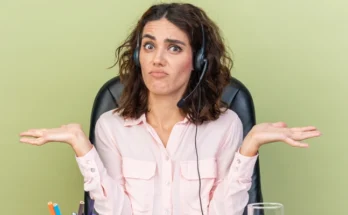For many vulnerable Americans, that climactic hellscape isn’t approaching—it’s already here, and it’s colliding with the Covid-19 pandemic. Cooling centers, where folks without air-conditioning can go to chill, are shuttered. Public pools, too. And wandering malls is certainly out of the question. Skyrocketing evictions could mean more people are forced onto the street, completely exposed to the heat. Even among those who do have an air conditioner at home, people may have lost their jobs thanks to the Covid-19 economic slump and now can’t afford to pay their utility bills.
“Already, we knew before Covid that one in three American households was struggling to pay their energy bills,” says Chandra Farley, director of the Just Energy program at the Partnership for Southern Equity, which promotes policies and institutional actions that advance racial equity. “We knew folks were already keeping their homes at uncomfortable temperatures for fear of running up their bills.”
The heat assault on lower-income households is twofold. For one, these residents spend a much bigger fraction of their income on energy bills than the rich do, a phenomenon known as the energy burden. And two, low-income neighborhoods are actually hotter than high-income ones all across the US, according to a 2019 joint analysis by National Public Radio and the University of Maryland’s Howard Center for Investigative Journalism. That’s because the suburbs are dotted with single-family homes separated by lots of greenery, which provides shade and cools the air via the evaporation of water from leaves. Urban neighborhoods tend to turn into “heat islands,” absorbing the sun’s energy during the day and slowly releasing it at night.
“Low-income groups and communities of color are more likely to be located in urban heat islands,” says Linda Rudolph, senior adviser at the Public Health Institute, a nonprofit that promotes health equity. “These are areas that have fewer trees, less green space, more buildings, and more asphalt and concrete. Nighttime temperatures can be as much as 22 degrees higher than the surrounding area.”
Residents of low-income communities have also historically had less access to health insurance and health care, even before the pandemic hit. “These are also communities that have a higher underlying baseline prevalence of the illnesses that make people more susceptible to severe heat illness,” says Rudolph. “And those are the same illnesses that make people more susceptible to severe Covid outcomes—so obesity, diabetes, respiratory illness, cardiovascular disease.”
Extreme heat also worsens air pollution, which already disproportionately affects people of color, Farley notes. According to the US Department of Health and Human Services, Black children are four times more likely to be hospitalized for asthma than white children, and 10 times more likely to die from it. And Covid is at least primarily a respiratory disease. “From a respiratory pandemic perspective, when we think about the existing morbidities and existing medical vulnerabilities of certain communities, we really can begin to get our hands around the disproportionate and expansive impacts of this health pandemic and the pandemic of structural racism,” Farley says.
This heat dome is also setting up the perfect conditions for wildfires, which could pour smoke into cities in the western US in particular—dry, hot air means super dry brush. Wildfire smoke deposits particulate matter in the lungs, leading to inflammation, even in healthy people. In one study done on mice, wildfire smoke decreased the antimicrobial activity of the cells that clear the lungs of harmful microbes. And the novel coronavirus is one seriously harmful microbe.
Put it all together and you’ve got a compounding threat to human health now unfolding across the US, particularly for low-income Americans: Covid-19 is wreaking economic devastation and trapping people indoors just as a weeks-long heat dome parks itself over the country. But this also might be an opportunity to better prepare these communities for life on an ever-hotter planet. The stimulus package following the 2008 economic collapse injected $5 billion into the Weatherization Assistance Program, started in 1976, which compensates homeowners to hire contractors to make improvements like better windows and insulation. By 2012, the revitalized program had weatherized a million houses.



